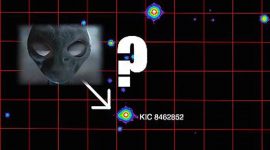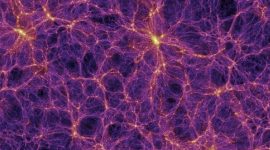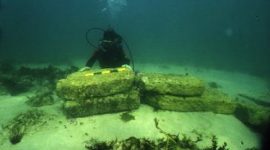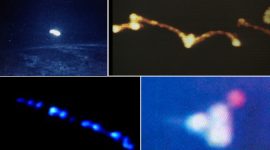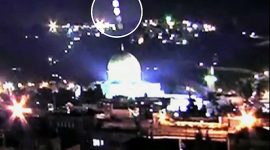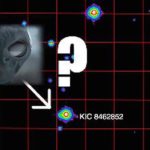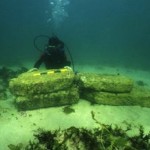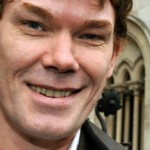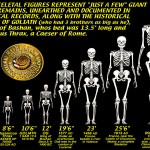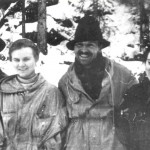Horror at Mt. Otorten. 9 Hikers Found Dead and Mutilated.
Mysterious mutilations of 9 hikers at Mt. Otorten, Russia. Although a few hypotheses were offered as to what happened, including official military results of the investigation, the mystery remains unexplained to this day.


At the beginning of 1959 a group of eight men and two women scrambled in the Russian city of Sverdlovsk (Свердловск), currently Ekaterinburg (Екатеринбург), for a ski march across northern Urals mountains. They were all experienced cross-country skiers, young and fit, most of them still earning their education at the university level, some fresh graduates:
Igor Dyatlov (Игорь Дятлов), the group’s leader, Zinaida Kolmogorova (Зинаида Колмогорова), Lyudmila Dubinina (Людмила Дубинина), Alexander Kolevatov (Александр Колеватов), Rustem Slobodin (Рустем Слободин), Georgyi Krivonischenko (Георгий Кривонищенко), Yuri Doroshenko (Юрий Дорошенко), Nikolai Tibo-Brinyol (Николай Тибо-Бриньоль), Alexander Zolotarev (Александр Золотарев) and Yuri Yudin (Юрий Юдин).
| The plan was to reach Mt. Otorten (which in the local, native language means “Don’t go there”). The excursion was quite a challenge at the time of the year. With temperatures well below zero and slashing, ice-cold gusts of wind the hike was not meant for greenhorns. The group arrived by train in Ivdel (Ивдель), a city at the center of the northern province of Sverdlovsk Oblast on January 25. They then took a truck to Vizhai (Вижай) – the last inhabited settlement up north. And that is where on January 27 they took off for Mt. Otorten. |
View Larger Map |
The next day turned out to be the luckiest day of life for Yuri Yudin, which he was to find out only a few days later. Due to sudden health problem he was forced to head back. The group now consisted of nine people.
On January 31, the group came close to highlands at the foot of the Mt. Otorten and began preparations for the climb. They assembled a small storage for food and equipment to be used for return, and on February 1 they started traversing the pass. The plan was, presumably, to get to the other side of the pass and make a camp for the night, in preparation for final attack at Mt. Oterten. However, the weather collapsed. Snowstorm hit the area and visibility came close to naught, making the venturers lose direction and deviate west, towards the top of Kholat Syakhl. When the mistake became obvious, the group stopped and set up a night camp right there, on the slope of the mountain.

Before departure Dyatlov, the group leader, agreed he would send a telegraph to their sports club upon the group’s return to Vizhai to let everyone know everything was in order. The deadline for the message was February 12, however, no message came. This did not ring any alarm bell yet as several-day delays were common for such escapades. And it was not until the relatives of the venturers requested a rescue mission that the operation was effectively mounted. On February 20 head of the institute sent the first rescue groups of volunteer students and teachers. Soon they were joined by the military and police with airplanes and helicopters.
On February 26, the rescuers found abandoned camp at Kholat Syakhl. At first sight it was obvious that the camp had been left in a rush and panic. One of the tents had been ripped from within as if those inside hurried so much they had no time to simply use regular exit. Footprints pressed deep in snow led down towards the tree line of nearby forest, but after 500 meters they disappeared under snow. There, at the very edge of the forest, under a huge old pine, the searchers found two dead bodies – shoeless and in underwear (Krivonischenko, Doroshenko). Between the pine and the camp the searchers found yet another three corpses (Dyatlov, Kolmogorova, Slobodin). They were found separately at the distance of 300, 480 and 630 meters from the pine tree.
It took another two months to find the remaining four bodies. They laid buried under 4 meters of snow, nearby a creek, farther in the woods.
Official investigation was launched immediately. Three victims had horrible fatal injuries – multiple, massive skull and chest fractures. The power which caused those damages would have been insane – one of the experts said it was like they had been hit by a speeding car. Amazingly, the bodies had no external wounds. It looked like they had been grabbed and squeezed by a powerful vice until their bones imploded inwards, piercing lungs, hearts and other organs.
There was evidence that the people were forced to leave the camp at night, when they were sleeping. In spite of the freezing cold (around -25°C/-13F to -30°C/-22F) and battering blizzard, all dead were only partially dressed (one shoe, no shoes, socks only).
The investigation led to establishing of the following facts:

– There were no traces of presence of other people or animals around the camp site;
– The tent was ripped from within;
– The victims died 6 to 8 hours after their last meal;
– All victims left the camp on their own feet;
– Fatal injuries could not have been caused by another human being;
– Some of the victims were mutilated – their eyeballs cut out clean, one (Dubunina) had her tongue cut out;
– The bodies showed symptoms of rapid aging;
– Radiologic examination found high doses of radioactive contamination on the clothes of some of the victims.
No conclusive explanation of the causal factor behind the panic run of the party members was proposed.
The final verdict was that the group members all died because of an “unknown compelling force”. The investigation was officially closed in May 1959 due to inability to determine the culprit. The files were sent to a secret archive. The photocopies of the case files surfaced only in the 1990s, some parts missing. The content of those missing parts is a matter of controversy.
However, the investigation ignored certain facts of the case and some researchers pointed out those parts that were missed (?), by the officials:

– After the funerals, relatives of the deceased claimed that the skin of the victims had a strange orange tan. They also claimed that the dead were completely grey-haired.
– A former investigating officer said, in a private interview, that his detector had shown high radiation level on Kholat Syakhl. It was the reason for the radiological examination of the bodies. But there was no answer as to the source of the contamination (or leak?).
– Another group of hikers (about 50 km/31 miles south of the accident) reported that they had seen strange orange spheres in the night sky to the north on the date of the accident. Similar “spheres” were observed by various independent witnesses (including meteorology service and military) in Ivdel and adjacent country in February-March of 1959. The rescue party members reported that they had observed the same spheres above Kholat Syakhl on March 31.
Following is a History Channel documentary on the event.
WARNING! The video below contains graphic content that may not be suitable for certain viewers.






